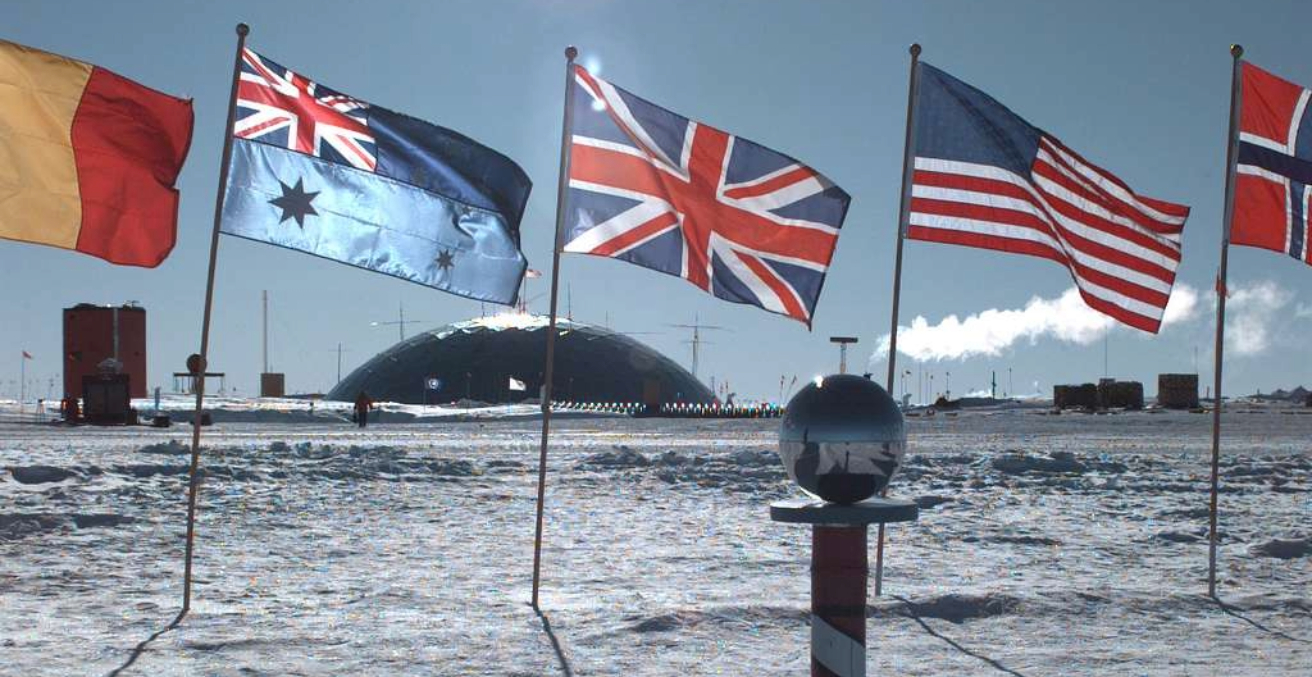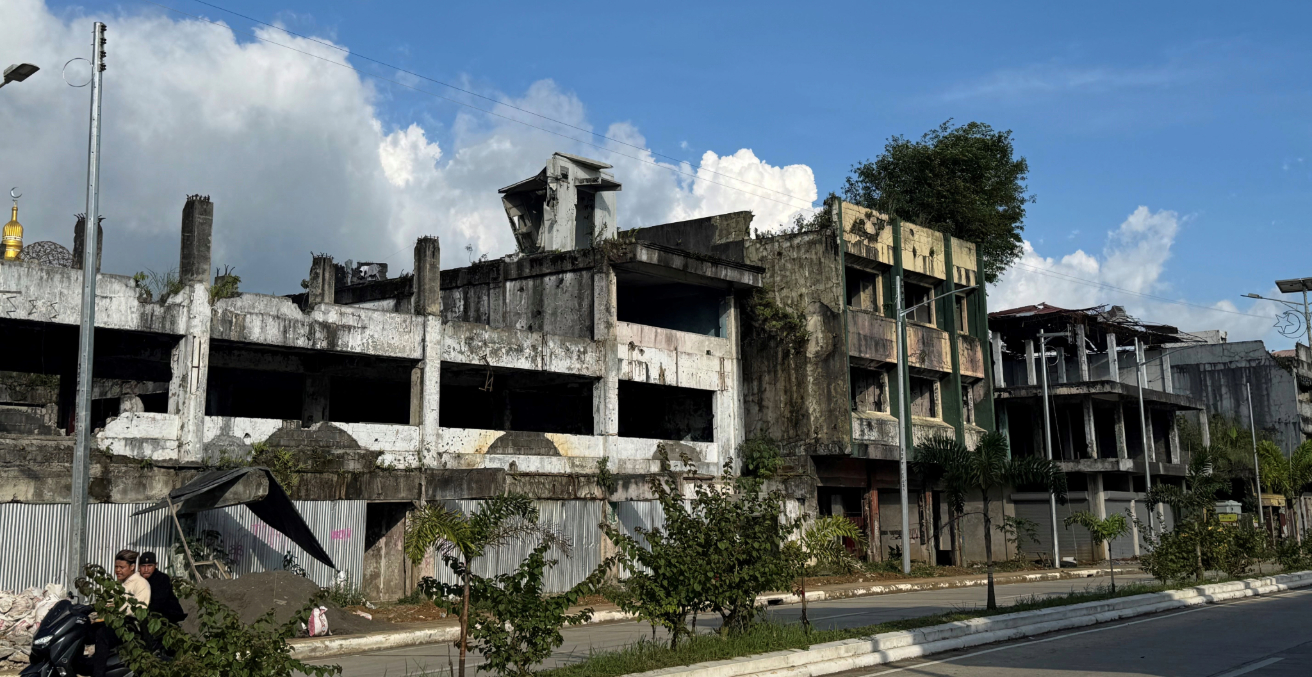The United Nations Fourth World Conference on Women in Beijing 1994 raised awareness of the need to bringing gender equality into the mainstream of societal political debate worldwide. While much progress has been made since there, there is still a long way to go.
Today, the pressing questions are: What are the leading gender mainstreaming guidelines in Australia, in the light of the UN’s Women, Peace, and Security agenda, to end violence against women? And how has Australia been following through on this internationally and domestically?
Gender mainstreaming ensures that the policymaking process and the resulting legislation integrate gender into key policy areas to foster equal representation of men and women throughout society. Gender mainstreaming requires policy impact assessments, with guidelines flowing from United Nations conventions such as 1979’s Convention on the Elimination of All forms of Discrimination Against Women (CEDAW) and 2000’s Security Council Resolution (UNSCR) 1325, which sets out the UN’s goals on “Women, Peace, and Security.”
The UN Women, Peace, and Security agenda urges international actors to consider the gendered differences inherent in conflict when developing peacebuilding resolutions. This includes introducing special measures to address the differential effects of armed conflict in women’s lives, such as gender-based violence and sexual exploitation. Above all, UNSCR 1325 recognises the need to integrate women’s voices into the peacebuilding process, empowering their voices. This Security Council resolution gave rise to action plans on women, peace, and security worldwide, including in Australia.
Australia’s decision to sign, and later ratify, CEDAW gave rise to a robust national debate. Those opposing the bill argued that CEDAW would force women out from their homes and into the workforce, causing psychological harm to children and widespread family breakdown. In 1983, three years after an intense parliamentary debate, CEDAW was ratified, internalising broader gender mainstreaming guidelines and impacting Australia’s posturing internationally and domestically.
Since then, Australia has gradually taken centre stage on international gender mainstreaming initiatives and in the fight against violence towards women and girls in conflict zones, particularly after UNSCR 1325.
Under the Gillard administration, Australia appointed Penny Williams as its first ambassador for women and girls in 2011. This ambassador’s role is to ensure the rights of women and girls are at the forefront of Australian foreign policy. The ambassador’s role is deeply involved with eradicating violence against women and improving gender parity, women’s access to services, the condition for women and girls during conflict, and women’s leadership representation.
In 2012, Australia launched the first National Action Plan on Women, Peace and Security for 2012-2018, setting out five main pillars: prevention, participation, protection, relief, and recovery and normative. All are largely focused on women’s protection. The National Action Plan establishes Australia’s domestic and international commitments to empower women and girls. Australia’s ongoing commitment to this agenda was confirmed in the second National Action Plan, covering 2019-2029, which lays out Australia’s gender mainstreaming strategies for the next ten years.
Other Australian policy initiatives include a Foreign Policy White Paper recognising the need to protect human rights and gender equality, as well as the Department of Foreign Affairs and Trade gender equality strategy, with a strong commitment to gender advocacy at all levels of government.
How effective is Australia’s women, peace, and security agenda? Are we effectively protecting women and girls from conflict, both overseas and in Australia? It is contended that while Australia rhetorically supports a holistic view on global security and gender, there is still a long way to fully implement this agenda internationally. Arguably, there are significant inconsistencies and resourcing gaps in Australia’s impact assessments and implementation.
When dealing with the condition of women in Australia, the Human Rights Commission’s 2018 Report on gender equality figures are alarming: in Australia one in two women have experienced sexual harassment during their lifetime; one in three women have experienced physical or sexual violence since the age of 15; one in two mothers experienced workplace discrimination as a result of pregnancy; and the average full-time weekly wage of a woman is approximately 15 percent less than a man.
And regrettably, in Australian today, there is a political narrative that downplays gender inequality and violence suffered by women and girls. For instance, One Nation Senator Pauline Hanson, claims women victims of domestic violence lodge fraudulent protection orders to take advantage in family court disputes. Surprisingly, Senator Hanson’s was recently appointed co-chair to Australia’s second Family Law enquiry. Anti-family violence advocate and family violence survivor Rosie Batty deemed Senator Hanson’s appointment “disgusting.”
The federal government’s decision to grant one of the highest honours in Australia to controversial media commentator and writer Bettina Arndt for her contribution to gender equality in Australia is another matter of concern. Ms Arndt claims to be a men’s rights advocate, contending that women’s reports of rape on campus are fraudulent. This generated outrage from rape victims, who are demanding the governor general rescind Ms Arndt’s honour. More recently, Ms Arndt’s tweet that a Queensland man who set his estranged wife and children on fire “might have been driven too far” has prompted bipartisan support for a Labor-led Senate motion to strip Ms Arndt’s award.
This emerging political discourse is concerning, particularly when dealing with women’s structural inequalities and the protection of Australian women and girls from conflict and violence. We hope that the new action plan will take into consideration the need for better impact assessments, renewing Australia’s commitment to gender mainstreaming internationally and domestically. On that light, Australia’s domestic commitment to the rights of women and girls, and the fight to scourge the nation of domestic violence, must be brought into perspective.
International Women’s Day is a timely moment to sit down and reflect on whether Australia is doing enough for women and girls at home and worldwide. Regrettably, it will take more than our ambassador for women and girls’ International Women’s Day speech to make it a tangible reality. It is certainly something to aim for, armed with a second action plan and feasible strategies for the new decade.
This article is based on conference paper titled “Gender Mainstreaming in Australia: Are we doing enough to promote the rights of women and girls down under?” presented in February 2020 at the Asia Pacific Public Policy Network (AP–PPN), an international conference hosted by the University of Western Australia.
Flavia Bellieni Zimmermann holds a Bachelor of Laws with Honours from the Pontifical Catholic University in Rio de Janeiro and a Graduate Diploma of International Relations and National Security from Curtin University, Western Australia. She is currently a PhD Candidate at the University of Western Australia Centre for Muslim States and Societies.
This article is published under a Creative Commons Licence and may be republished with attribution.




